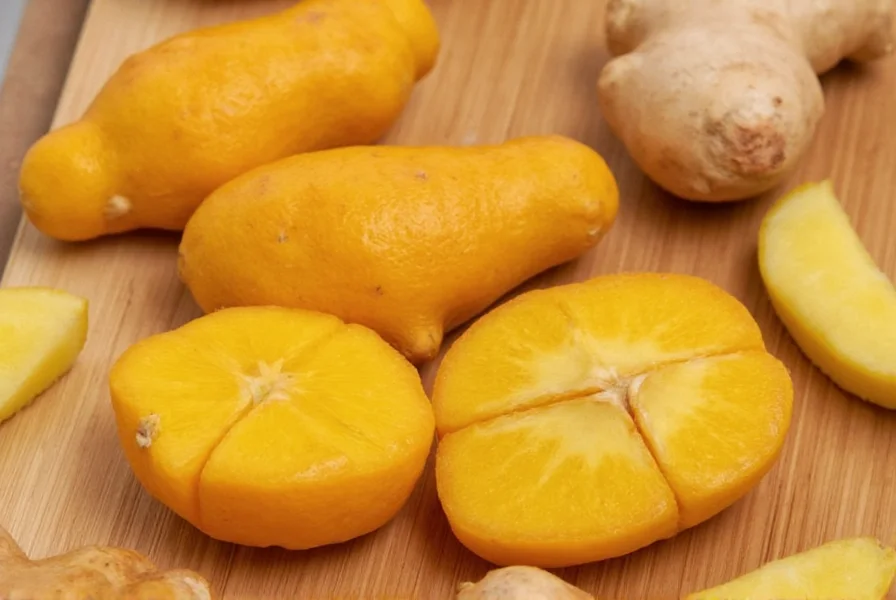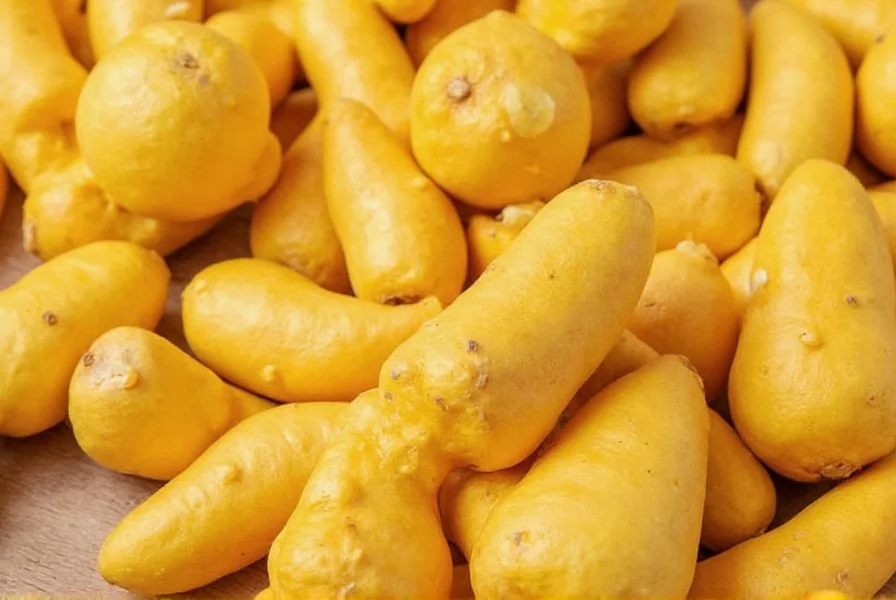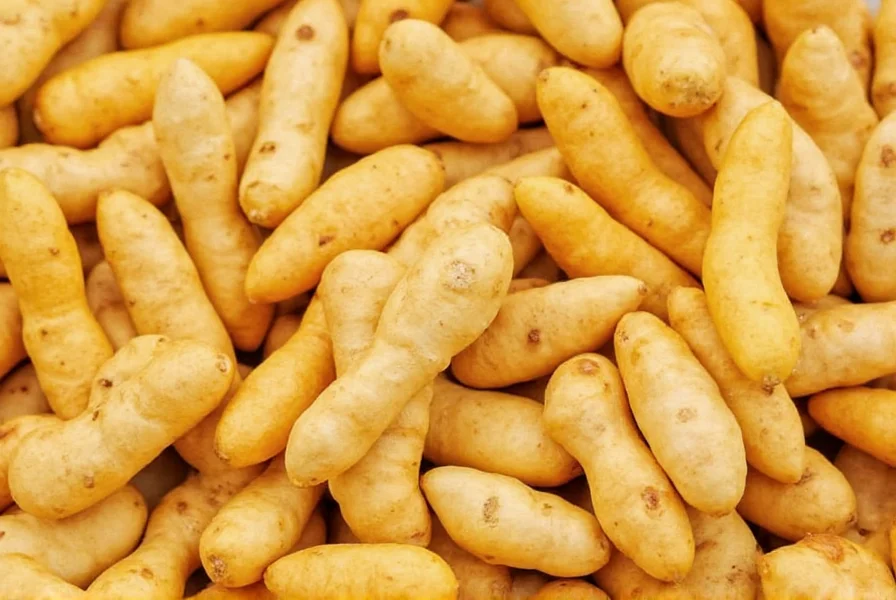When shoppers encounter ginger with vibrant orange flesh at Asian markets or specialty grocers, they're experiencing a unique variety of the common ginger plant. Unlike standard yellow ginger found in most supermarkets, orange-fleshed ginger varieties like Chinese pink ginger or Hawaiian red ginger contain higher concentrations of certain pigments that give them their distinctive coloration while offering subtle differences in culinary performance.
Understanding Orange-Fleshed Ginger Varieties
Botanically classified as Zingiber officinale, orange ginger isn't a separate species but rather specific cultivars that develop orange or reddish flesh. The most commonly available varieties include:
| Variety | Origin | Color Characteristics | Flavor Profile |
|---|---|---|---|
| Chinese Pink Ginger | China | Orange to light pink flesh | Milder, less pungent, slightly sweeter |
| Hawaiian Red Ginger | Hawaii | Deep orange to reddish flesh | Robust but balanced heat with citrus notes |
| Japanese Shinsho | Japan | Bright orange flesh | Delicate flavor, minimal fibrousness |
These varieties develop their distinctive orange pigmentation through natural genetic variation rather than artificial enhancement. The color comes from higher concentrations of certain carotenoids and other phytochemicals that also influence their flavor profile and potential health benefits.

How Orange Ginger Differs From Standard Yellow Ginger
The most noticeable difference lies beneath the skin. While both varieties share similar exterior characteristics with tan to brown skin, orange ginger reveals its distinctive interior when cut open. Beyond appearance, several key differences affect culinary applications:
- Texture: Orange-fleshed varieties typically contain less fiber, resulting in a more tender consistency that's easier to slice, grate, or mince without becoming stringy
- Flavor intensity: Most orange ginger varieties offer a milder heat profile while maintaining ginger's characteristic warmth, making them preferable for raw applications
- Culinary versatility: The reduced fibrousness allows chefs to use larger quantities without overwhelming dishes with texture
- Storage properties: Some varieties demonstrate slightly longer shelf life due to natural compounds in the orange pigmentation
Nutritional Profile and Health Benefits
Orange ginger contains the same core bioactive compounds as yellow ginger, including gingerol, shogaol, and zingerone, but with potentially enhanced properties due to its unique phytochemical composition. Research suggests orange-fleshed varieties may offer:
- Comparable anti-inflammatory effects to standard ginger
- Potentially higher antioxidant capacity from additional carotenoids
- Similar digestive benefits including nausea relief and improved motility
- Equivalent vitamin and mineral content including manganese, copper, and potassium
While no significant nutritional differences exist in macronutrient composition, the unique phytochemical profile of orange ginger varieties may provide complementary health benefits worth exploring in future research.
Culinary Applications for Orange Ginger
Chefs and home cooks increasingly seek orange ginger for specific applications where its unique properties shine. The best culinary uses for orange-fleshed ginger include:
- Raw preparations: Its milder flavor and reduced fibrousness make it ideal for fresh grating into salads, dressings, and fruit preparations
- Preserves and candying: The vibrant color creates visually striking crystallized ginger or preserves
- Infused beverages: Creates beautifully colored ginger teas, cocktails, and syrups without excessive heat
- Fine dining applications: Preferred by chefs for delicate sauces and reductions where texture matters
- Asian cuisine: Particularly valued in Japanese and Hawaiian cooking for traditional dishes

Where to Find and Select Quality Orange Ginger
Locating authentic orange ginger requires knowing where to look and how to identify quality specimens. Your best options include:
- Asian specialty markets (particularly Chinese, Japanese, and Hawaiian grocers)
- Farmers' markets in regions with specialty ginger growers
- Online specialty produce retailers during peak season (winter through early spring)
- Hawaiian food distributors for authentic Hawaiian red ginger varieties
When selecting orange ginger, look for firm roots with smooth skin, no soft spots, and a fresh, spicy aroma. The orange color should be visible at the cut ends. Avoid specimens with wrinkled skin or signs of sprouting, which indicate age and potential loss of flavor compounds.
Common Misconceptions About Orange Ginger
Several myths persist about this distinctive ginger variety that deserve clarification:
- Myth: Orange ginger is genetically modified
Fact: All commercially available orange ginger varieties occur naturally through traditional cultivation - Myth: The orange color indicates artificial dye
Fact: The color comes from natural carotenoids and anthocyanins present in specific cultivars - Myth: Orange ginger lacks the health benefits of yellow ginger
Fact: Both varieties contain similar bioactive compounds with potentially complementary benefits - Myth: Orange ginger is significantly more expensive than yellow ginger
Fact: Price differences are minimal when purchased from specialty markets that carry both varieties
Understanding these distinctions helps consumers make informed choices when incorporating orange ginger into their culinary repertoire or wellness routines.











 浙公网安备
33010002000092号
浙公网安备
33010002000092号 浙B2-20120091-4
浙B2-20120091-4